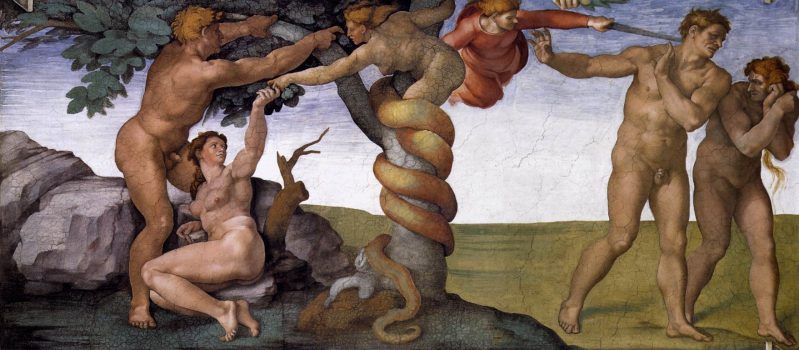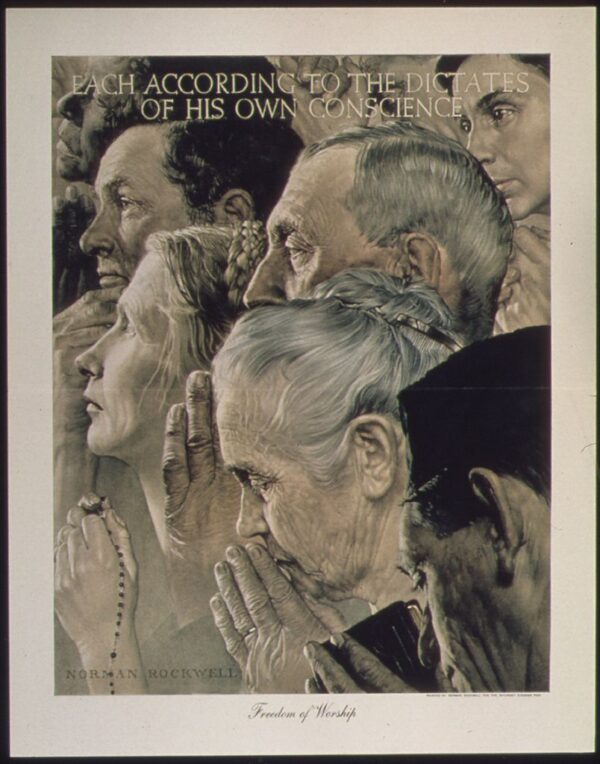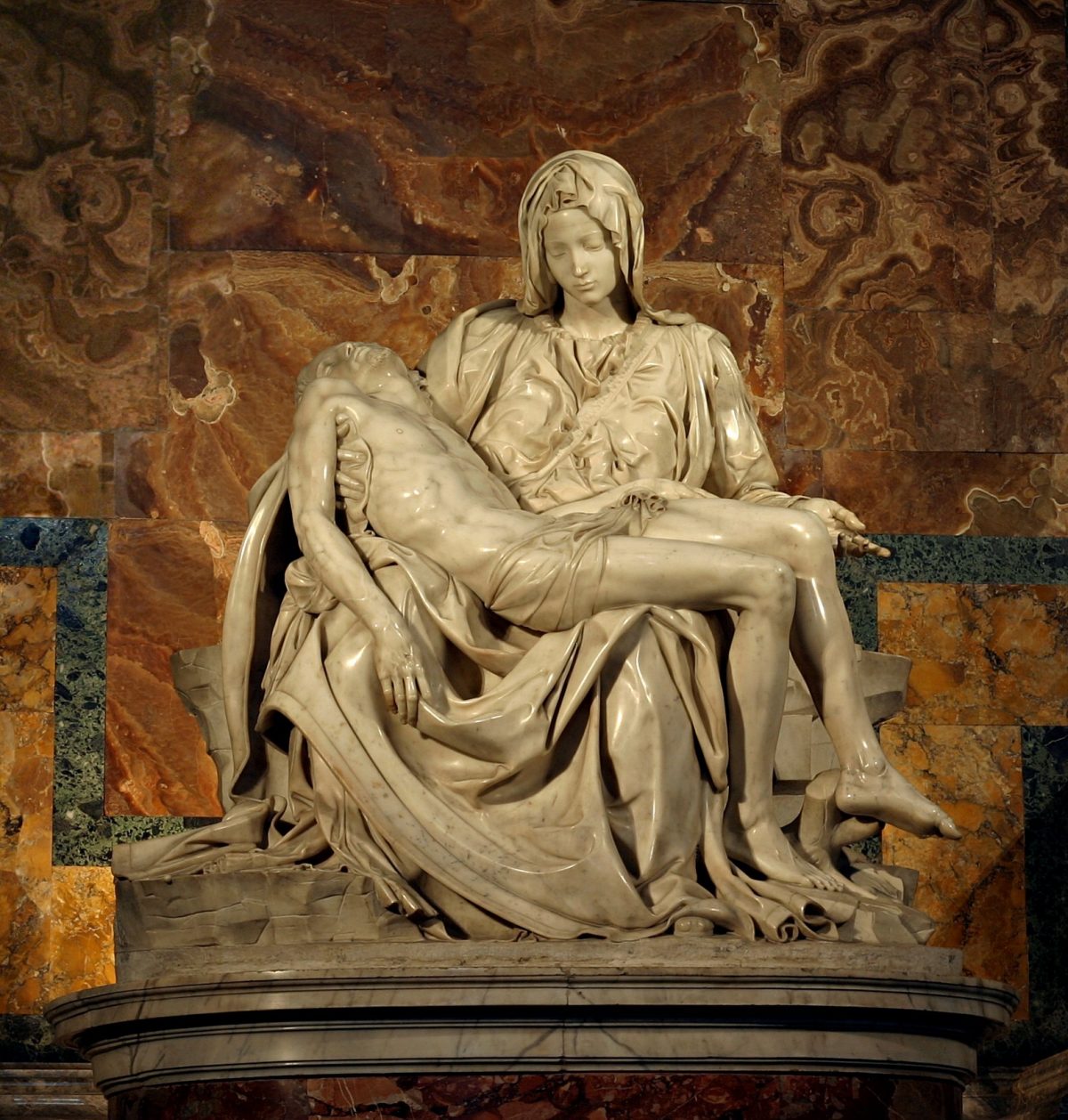Beauty Pleases Us: Representational Art Versus the Abstract
- Inspired Original
- Mar 19, 2020
- 6 min read
Updated: Apr 20, 2023

Four or five times a week, I escape the solitude of the house where I live and head into Front Royal, Virginia, to the Happy Creek Coffee Shop to write for a while and surround myself with other people. Originally built as a stable and livery in the 1880s, Happy Creek today serves not only as a coffee shop and café but also as a gallery. Local artists hang their paintings and drawings from the old brick walls for about a month, and then a new display goes up.
Coffee Shop Epiphany
This week a 16-year-old, Dominica, whose father is a friend of mine, exhibited her work on one wall of the shop while a girl of 15, unfamiliar to me, arranged her paintings on the wall opposite. Both young women display incredible talent, particularly in their paintings of the human form.
What fascinated me, however, was my reaction to Dominica’s paintings. On the wall to the left of the doorway were her renditions of human faces, mostly female and exquisitely portrayed. On the right side of the doorway hung her abstract compositions.
Her abstracts drew a brief glance from me. Her representational art—the faces filled with youth and mystery—captured my interest for a full five minutes.
When I became aware of this discrepancy in my attention span, I wondered why I so rarely felt any connection with abstract painting or sculpture. After pondering the question, and after expanding it to include modern architecture, I arrived at some answers.
No, I’m Not an Expert
Before sharing those recognitions with you, however, some personal information is necessary.
I have visited art museums in cities like Florence, Paris, Rome, New York, Washington, and Boston. I have stood in awe before Michelangelo’s “David” and his paintings in the Sistine Chapel; I have wandered through such magnificent churches as St. Paul’s in London and Notre-Dame in Paris; I was fortunate enough to have once spent a month in Rome, where I daily visited churches, galleries, and ruins. I have read some books on painting and artists.

In other words, as an art critic, I am a rank amateur.
The word “amateur” derives from the Latin “amare,” which means to love, and I have loved the paintings and sculptures of many different artists.
So why does that love wither away in the presence of abstract art?
Three Men and a Critic
In the opening chapter of “Beauty,” philosopher Roger Scruton kicks off his discussion of the beautiful with what he calls six platitudes. The first of these platitudes is for me the most pertinent here: “Beauty pleases us.”
Suppose a professor of aesthetics, an auto mechanic, a policeman, and I were all gathered at the counter of the coffee shop, ordering our beverages from the attractive barista whose eyes, features, and curled hair might have snagged the attention of the Renaissance artist Botticelli. I think I can safely say that we four men would agree this young woman was beautiful. The professor of aesthetics might be able to explain why we find her attractive, but the rest of us can appreciate her beauty with or without his explanation.
As we are on the subject of Botticelli, let’s take these same gentlemen and whisk them off to Florence, Italy, and the Uffizi Gallery. Stand the four of us in front of Sandro Botticelli’s “The Birth of Venus.” The critic tells us why the art world holds this magnificent painting in such high esteem, but if he were suddenly stricken with laryngitis, I am confident that the auto mechanic, the policeman, and I would still be drawn to the beauty of this canvas, this goddess created from tempera, brush, and imagination over half a millennium ago.
Is That Art?
Now whisk us back to the United States and drop us down in Stockbridge, Massachusetts, home of the Norman Rockwell Museum. Place us in front of Rockwell’s “Four Freedoms.” Here the critic turns up his nose a bit, sniffing that Rockwell was a technician and an illustrator rather than a true painter.

Meanwhile, we others listen to him absentmindedly, but we identify with Rockwell’s themes of freedom of speech, freedom of worship, freedom from want, and freedom from fear. The paintings speak to our experience. The auto mechanic explains that he knocks himself out daily to put food on his family’s table; the policeman tells us that a big part of his job is to give others the freedom from fear; I highly value the freedom to write and speak as I choose; and all of us practice a religious faith.
Make Mine a Double
Now off we go again, this time to an opening exhibition of abstract art in a Manhattan gallery. Here is a canvas blotted with what appear to be ink dots, similar to that painting I once viewed at the University of Tennessee–Knoxville; here are seven stones arranged on the floor with a written explanation posted as to the meaning of the arrangement, similar to an exhibit my wife and I visited long ago in a Swiss gallery; here is a tangled globe of wires, similar to that much larger monstrosity in front of the federal building in Asheville, North Carolina.
The delighted critic analyzes each work, going on about the texture of the paint, the juxtaposition of color, the depth of the sprawl of colors on this canvas, and the despair evidenced by the color black on another.
Meanwhile, the mechanic, the policeman, and I have slipped away to the open bar that the gallery owners have so thoughtfully provided for the occasion.
Here are a few reasons we preferred a bottle of suds to art on this last excursion.
What We Have Here Is Failure to Communicate
We don’t need a Ph.D. in art history to connect to representational art. It exists as it is, without need of further explanation to take delight in it. Whatever our religious beliefs, my two acquaintances and I could stand before the “Pietà” and be moved by a mother grieving the death of her son. Mark Rothko’s “Orange and Yellow” baffles us.

Secondly, for the mechanic, the cop, and myself, abstract art all too often seems antihuman, nihilistic, and ugly. It’s not just that we don’t understand its meaning—we don’t—but we simply can’t connect with it. And if art, great art and even the art of those two young painters from the coffee shop, aims at creating a connection between the artist and the viewer, then modernism or post-modernism, or whatever we wish to call it, frequently leaves us cold and disconnected. Think of the film “Cool Hand Luke” and its famous line, “What we have here is failure to communicate.”
Last, Beauty, like her companions Truth and Goodness, has the power to make us more fully human. Even tiny ancient churches in Rome have the power to silence us, to lift us out of ourselves, to draw us into contemplation. Sorrow, joy, laughter, tears, struggles and pain, triumph and defeat: These are the components of the human condition. Great art reflects these emotions.
When We See With the Heart
In writing about our apprehension of God and the necessity of faith, Pascal once stated: “The heart has its reasons which reason knows nothing of … We know the truth not only by the reason, but by the heart.” He was directing his readers to seek faith with their hearts and their reason.
Art and beauty act on the ordinary viewer in the same way. They sway our emotions, and they rouse our hearts. They lead us to mysteries beyond those provided by pure reason.
Beauty pleases us.
It’s as simple and profound as that.
Jeff Minick has four children and a growing platoon of grandchildren. For 20 years, he taught history, literature, and Latin to seminars of homeschooling students in Asheville, N.C., Today, he lives and writes in Front Royal, Va. See JeffMinick.com to follow his blog.
Contributed by Jeff Minick
Pure Truth, Kindness and Beauty
It’s a great pleasure to present to you an inspiring story from the Award-winning painter Lauren Tilden. Her painting “Birds of the Air, Grass of the Field” has won the Bronze Award from the NTD International Figure Painting Competition in 2019.
“Working on that painting was a reminder to me not to worry. There is more to life than the issue you are facing at this moment.” – Lauren said.
While contemplating the value of human life, and how precious it is, the artist’s own young daughter became her stand-in, her persona in the painting. Please join us on this wonderful journey to visit Lauren in West Virginia.




